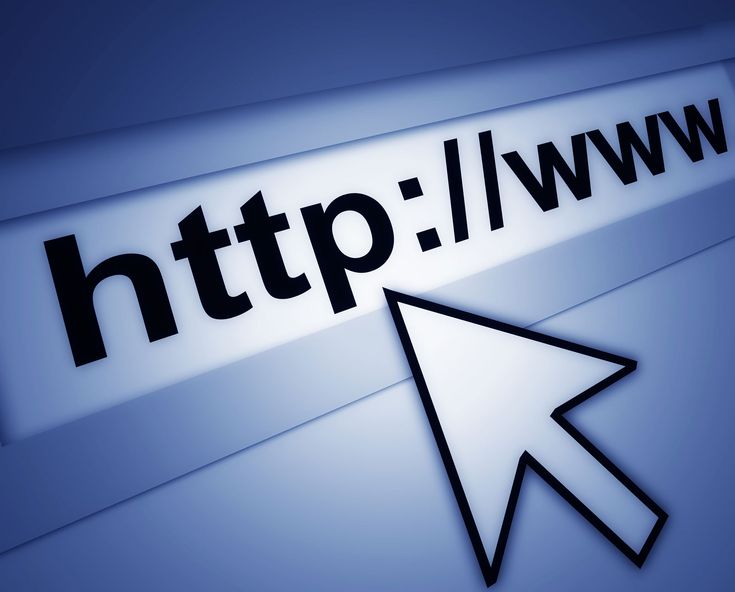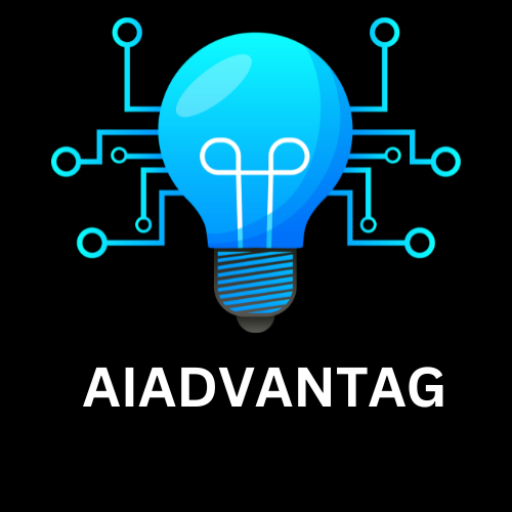The Internet: Key Technology Concept:
Following are the three extremely important concepts that are the basis for understanding the Internet:
- (1) Packet switching.
- (2) The TCPIP communications protocol
- (3) Client/server computing
Packet Switching:
Packet switching is a connectionless network switching technique. Here, the message is divided and grouped into a number of units called packets that are individually routed from the source to the destination. There is no need to establish a dedicated circuit for communication.
Process of packet switching:
Each packet in a packet switching technique has two parts: a header and a payload. The header contains the addressing information of the packet and is used by the intermediate routers to direct it towards its destination. The payload caries the actual data. A packet is as soon as it is available in a node, based upon its header information. The packets of a message are not routed via the same path. So, the packets in the message arrives in the destination out of order. It is the responsibility of the destination to reorder the packets in order to retrieve the original message. The process is diagrammatically represented in the following figure. Here the message comprises of four packets, A, B, C and D, which may follow different routes from the sender to the receiver.

A router is a special purpose computer that interconnect the different computer networks that make up the Internet and routes packets along to their ultimate destination as they travel. To ensure that packets take the best available path toward their destination, routers use a computer program called a routing algorithm.
Advantages:
- Delay in delivery of packets is less, since packets are sent as soon as they are available.
- Switching devices don’t require massive storage, since they don’t have to store the entire messages before forwarding them to the next node.
- Data delivery can continue even if some parts of the network faces link failure.
- Packets can be routed via other paths.
- It ensures better bandwidth usage as a number of packets from multiple sources can be transferred via the same link.
Disadvantages:
- They are unsuitable for applications that cannot afford delays in communication like high quality voice calls. Packet switching high installation costs.
- They require complex protocols for delivery.
- Network problems may introduce errors in packets, delay in delivery of packets or loss of packets. If not properly handled, this may lead to loss of critical information.
Transmission Control Protocol/Internet Protocol (TCP/IP):
A protocol is a set of rules and standards for data transfer, to govern the formatting: ordering, compressing, and error-checking of messages, as well as specify the speed of transmission and means by which devices on the network will indicate they have stopped sending and/or receiving messages.

Transmission Control Protocol/Internet Protocol (TCP/IP) is the computer communications protocol for the Internet. TCP establishes the connections amount sending and receiving Web computers, and makes sure that packets sent by computer are received in the same sequence by the other, without any packets missing. IP provides the Internet’s addressing scheme and is responsible for the actual delivery of the packets. TCP/P is divided into four separate layers, with each layer handling a different aspect of the communication problem.
The Network Interface Layer is responsible for placing packets on and receiving them from the network medium, which could be a LAN (Ethernet), or Token Ring network, or other network technology. TCP/IP is independent from any local network technology and can adapt to changes at the local level. The Internet Layer is responsible for addressing, packaging, and routing messages on the Internet.
The Transport Layer is responsible for providing communication with the application by acknowledging and sequencing the packets to and from the application. The Application Layer provides a wide variety of applications with the ability to access the services of the lower layers. Some of the best-known applications are Hyper Text Transfer Protocol (HTTP), File Transfer Protocol (FTP), and Simple Mail Transfer Protocol (SMTP), all of which we will discuss later in this chapter.
IP Addresses An IP address is assigned to every computer on an Ethernet network. Like the street address for your home, an IP address identifies network computers. It helps traffic flow between computers because each one has its own IP address. An IP address is formatted as a series of four values separated by periods: Each period is just a period. Each value ranges from 0 through 255.

For your home or office network, the IP address is most likely assigned by the router, using something called DHCP. The router keeps track of every computer’s NIC and maps an IP address to the NIC every time the computer joins the network. In the end, all computers have a unique IP address, and the world is safe for local networking.
The IP address assigned to your PC on a network is a local address. Similar IP addresses are used on the Internet to identify domains and other resources. Those are Internet IP addresses, separate from your local address. The router is assigned an IP address by your Internet service provider (1SP). That IP address is an Internet IP address. It’s shared by all PCs on your network.
The IP addresses discussed here are IPv4 addresses. Because the number of unique IP addresses is limited, a second standard, IPv6, has been established. The IP standard allows for many more addresses, which will help accommodate future growth of the Internet.
If the router doesn’t assign an IP address, one must be configured manually No two computers on the network can have the same IP address. IP is often prefixed by the acronym TCP, as in TCP/IP. The TCP part stands for Transfer Control Protocol: It’s simply a set of rules for transmitting information on a network. Technically, TCP/IP refers to the methods and engineering as opposed to a specific address or value.
The Internet’s system for converting System) Name DNS. (Domain alphabetic names into numeric IP addresses. For example, when a Web address (URL) is typed into a browser, DNS servers return the IP address of the Web server associated with that name. A uniform resource locator (URL) is the address of a resource on the Internet. A URL indicates the location of a resource as well as the protocol used to access it.
A URL contains the following information:
The the location of the server (whether by IP address or domain name) The protocol used to a access the resource The port number on the server (optional) The location of the resource in the directory structure of the server A fragment identifier (optional) Also known as a Universal Resource Locator (URL) or Web address. In client/server computing, a server takes requests from client shares its resources, applications and/or data with one or more client computers on the network, and a client is a computing device that initiates contact with a server in order to make use of a shareable resource.
Other Internet Protocols and Utility Programs:
HTTP means Hyper Text Transfer Protocol. HTTP is the underlying protocol use by the World Wide Web and this protocol defines how messages are formatted and transmitted, and what actions Web servers and browsers should take in response to various commands.
The Internet Backbone:
An Internet backbone refers to one of the principal data routes between strategically interconnected networks and core routers on the Internet. An Internet backbone is a very high-speed data transmission line that provides network facilities to relatively small but high-speed Internet service providers all around world. Internet backbones are the largest data connections on the Internet.
They require high-speed bandwidth connections and high-performance servers/routers. Backbone networks are primarily owned by commercial, educational, government and military entities because they provide a consistent way for Internet service providers (ISPs) to keep and maintain online information in a secure manner.
Some of the largest companies running different parts of the Internet backbone include UUNET, AT&T, GTE Corp. and Sprint Nextel Corp. Their routers are connected with high-speed links and support different range options like T1, T3, OC1, 0C3 or OC48. ISPs are either connected directly to their contingency backbones or to some larger ISP that is connected to its backbone.

The smaller networks are interlinked to support the multi versatile backup that is required to keep the Internet services intact in case of failure. This is done through transit agreements and peering processes. The transit agreement is a monetary contract between several larger and smaller ISPs. It is initiated to share traffic loads or to handle data traffic in case of a partial failure of some networks. In peering, several ISPs also share features and traffic burden.
The first Internet backbone was named NSFNET. It was funded by the U.S. government and introduced by the National Science Foundation (NSF) in 1987. line that consisted of approximately 170 smaller networks operated at Mbps. The backbone was a combination of fiber-optic trunk lines, each of white several fiber-optic cables wired together to increase capacity.
Internet Exchange Points:
An Internet exchange point (IXP) is a physical location through which Inter infrastructure companies such as Internet Service Providers (ISPs) and CDNS CON with each other. These locations exist on the “edge” of different networks, and also network providers to share transit outside their own network. By having a present inside of an IXP location, companies are able to shorten their path to the transfer coming from other participating networks, thereby reducing latency, improving, round-trip time, and potentially reducing costs.
Over the last twenty years, there has been a major expansion in network interconnections, running parallel to the enormous expansion of the global Internet. This expansion includes new data center facilities being developed to house network equipment. Some of those data center have attracted massive numbers of networks, in no small part due to the thriving Internet exchange points that operate within them.
These are called transit providers. In some situations there’s no problem with doing this: it’s how a large portion of international Internet traffic flows, as it’s cost prohibitive to maintain direct connections to each-and-every ISP in the world. However, relying on a backbone ISP to carry local traffic can be adverse to performance, sometimes due to the backbone carrier sending data to another network in a completely different city.
This situation can lead to what’s known as tromboning, where in the worst case, traffic from one city destined to another ISP in the same city can travel vast distances to be exchanged and then return again. A CDN with IXP presence has the advantage of optimizing the path through which data flows within it’s network, cutting down on inefficient paths.
In Conclusion-
Packet switching is a connectionless network switching technique. Here, the message is divided and grouped into a number of units called packets that are individually routed from the source to the destination. An Internet backbone refers to one of the principal data routes between strategically interconnected networks and core routers on the Internet.
Why are Internet exchange points important?
Without XPs, traffic going from one network to another would potentially rely on an intermediary network to carry the traffic from source to destination.
How does an Internet exchange point work?
switches that route traffic between the different members networks. Via and methods, these networks share the costs of maintaining the physical infrastructure and third-party locations such as via the Panama Canal, when traffic is transferred across associated services. Similar to how costs are accrued when shipping cargo through different networks, sometimes those networks charge money for the delivery.
FOLLOW ON TWITTER
NEW POST






